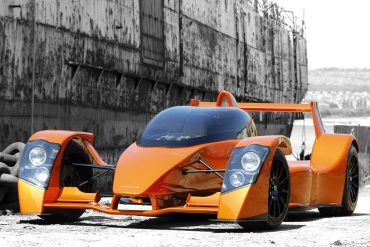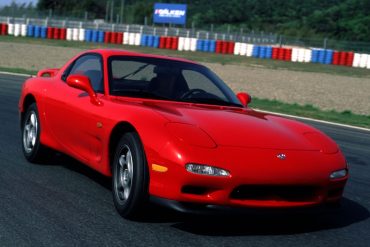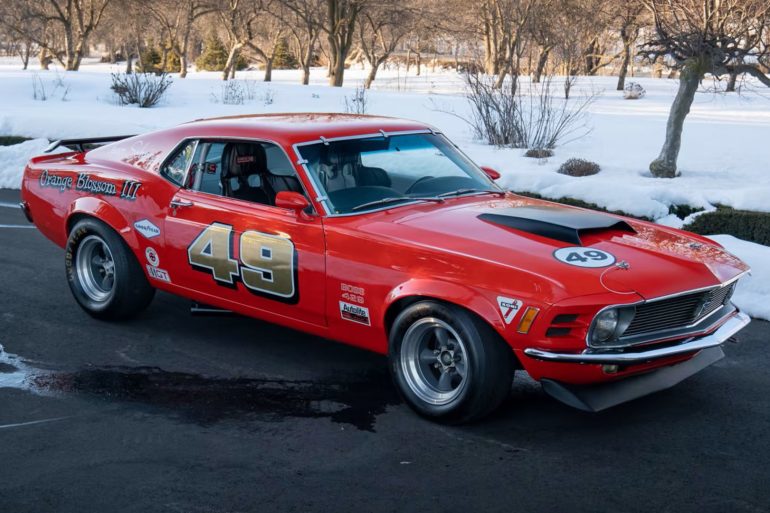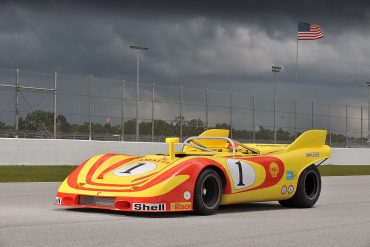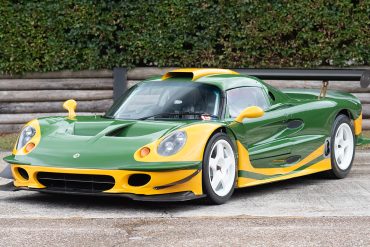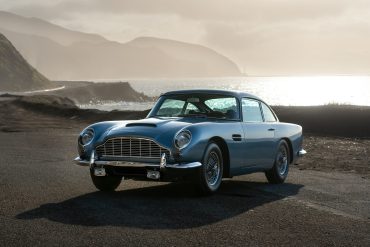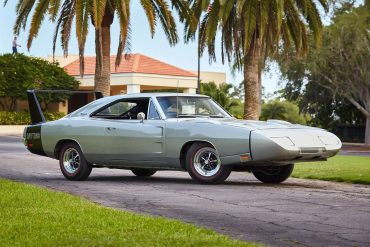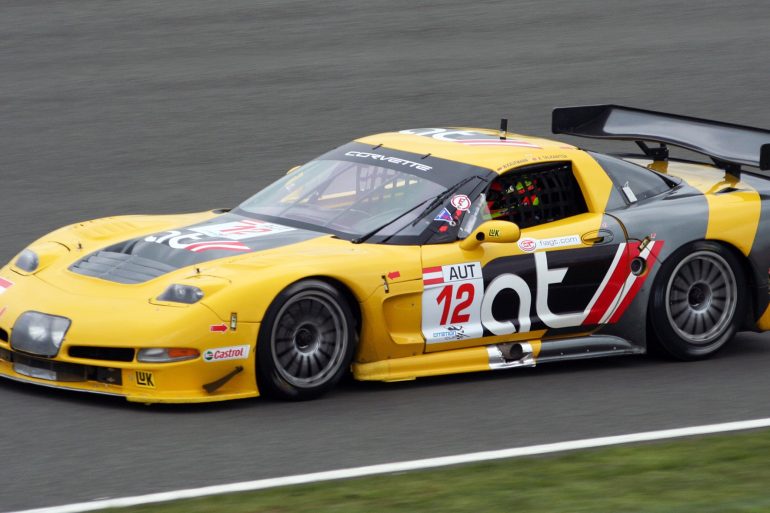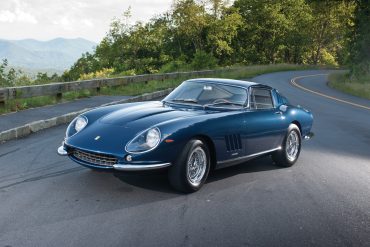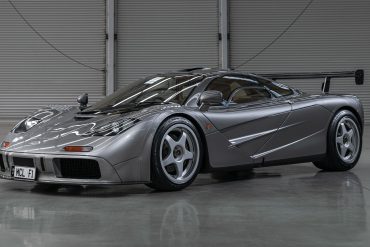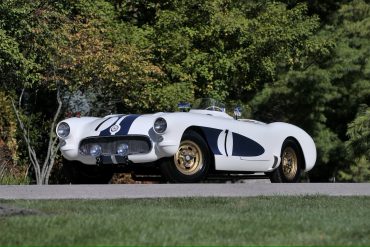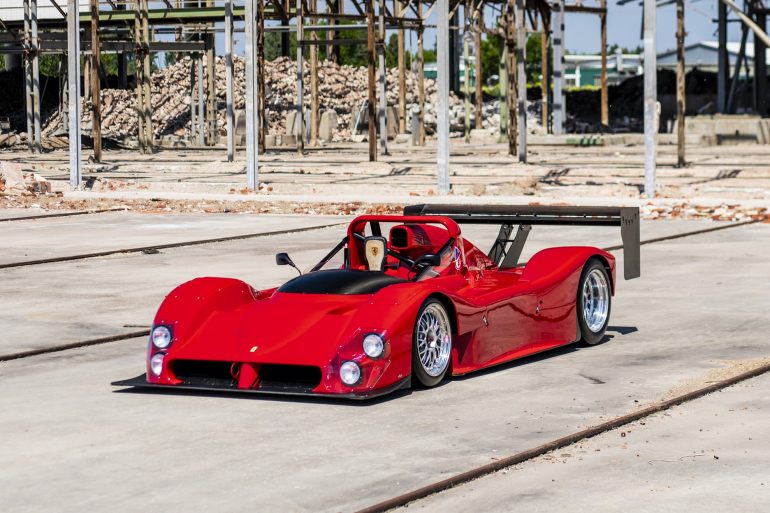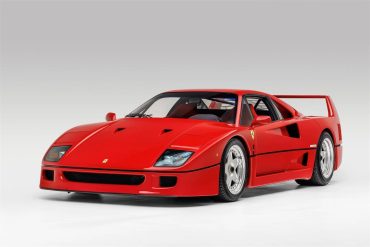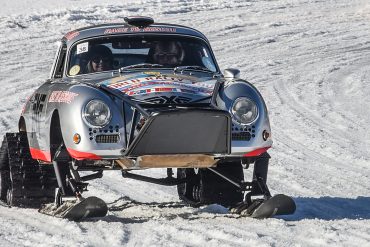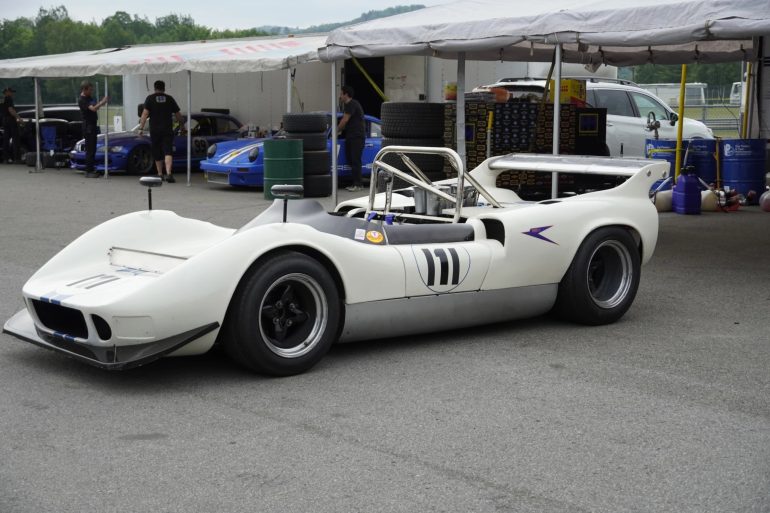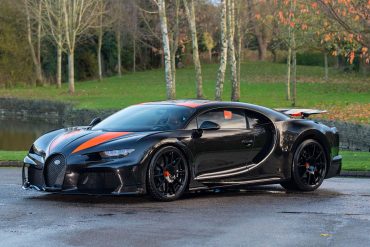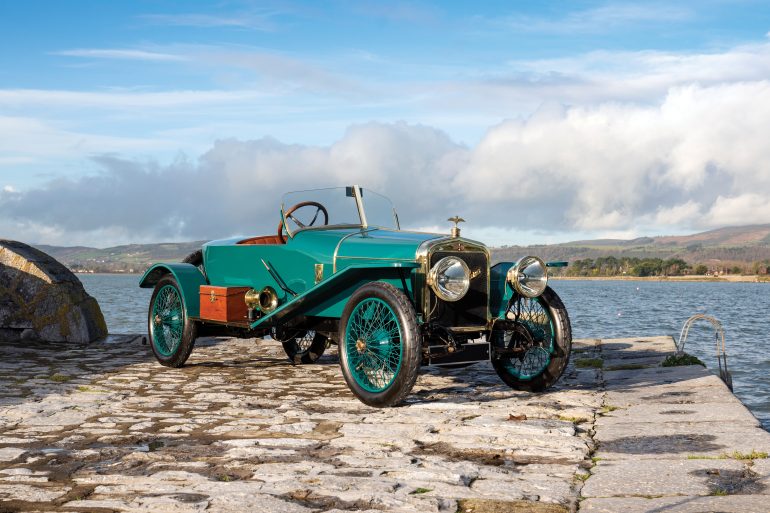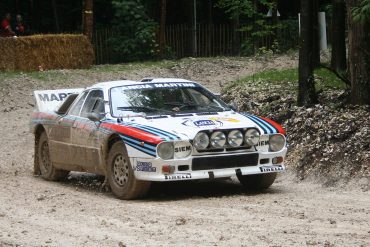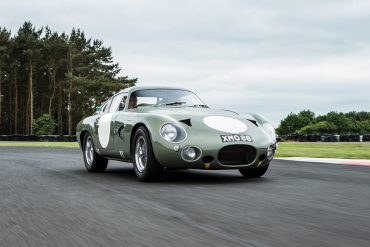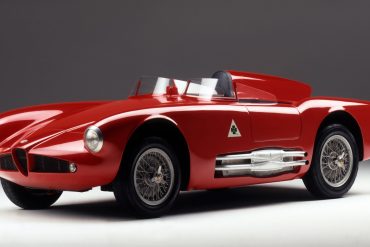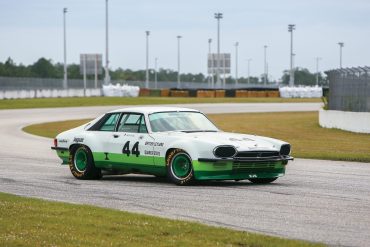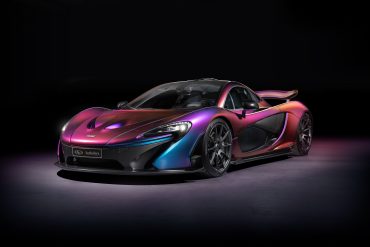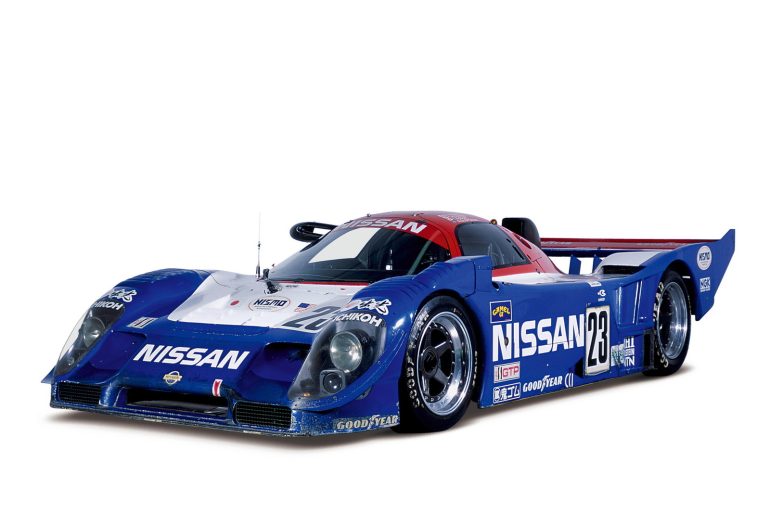Imagine an F1 car reimagined for road use. That, and more, was what the Caparo T1 promised back when it...
Rotary-powered Mazdas have been around since the 1960s, but not all of them ended up etched in the collective unconscious...
From 1975 to 1977, this remarkable vehicle dubbed as “Orange Blossom III,” competed in prestigious endurance races such as the Sebring 12 Hours and the Daytona 24 Hours, challenging the top sports cars of its era. Despite the Boss 429’s unconventional choice as a road race car platform, owing to...
Of all the 917 variants, the ‘Interserie Spyder’ was one of the most successful. It won the Interserie championship outright...
In terms of sheer ambition, the Lotus Elise GT1 was perhaps the ultimate Elise ever created. Conceived to replace the Esprit GT1...
The 458 Italia debuted at the 2009 Frankfurt Motor Show, and it was instantly clear that it was a big step forward for Ferrari and the whole supercar world. Soon after, the car met universal praise from the motoring media, unanimously calling it the greatest mid-engined V8 Ferrari and a...
The DB5 was introduced in July of 1963 and was an evolution of the DB4 series rather than a whole...
Called one of the “Winged Warriors”, a list that included Plymouth Superbird, Ford Torino Talladega, and Mercury Cyclone Spoiler II,...
Competing as a production-based sports car, the new C5-R Corvette was developed to compete as a GTS-class race car that maintained the integrity of the production Corvette and shared a number of standard-issue components with it. These included the stock Corvette frame, engine block, windshield, taillights and marker lights, power...
At the 1966 Paris Auto Salon, Ferrari launched the GTB/4 with the new Tipo 226 engine. It benefited from a...
Launched in 1992, the McLaren F1 would go on to revolutionize the supercar industry with many of its core characteristics...
No racing car exemplified and exploited the admirable freedom of the Can-Am series rules more than the 1966 Chaparral 2E. It introduced new aerodynamic concepts that were game-changing, though it took a while for others to catch on. In 1966 Chaparral introduced the 2E for the Can-Am series. With its...
In 1956, Chevrolet took desperate measures and saved the model’s future by presenting an armada of motorsports variants in 1956....
Designed by aeronautical engineer William Stout, the Scarab would ultimately become one of the most influential vehicles of the 20th...
Ferrari’s history is based on its successful motorsport heritage, with Scuderia Ferrari being the oldest and most successful team in Formula 1. However, Ferrari’s first motorsport dominance was in sportscar racing before Formula 1, winning 14 World Sportscar Championships, 8 Le Mans victories, 8 Mille Miglia wins, and 8 triumphs...
To celebrate 40 years of Ferrari, Enzo had his design team create a supercar that translated racing car technology to...
It’s more Mad Max than Mille Miglia…a Porsche 356 with front skis and rear tractor treads replacing rubber tires and...
The M1C was effectively the second model made by Bruce McLaren’s team for the Canadian-American series. Most were powered by a small-block Chevrolet V8 which could produce up to 500 bhp depending on engine internals. Like the M1B it replaced, the M2C used a steel tubular spaceframe, American V8 and...
The Miura vehicle was created by Lamborghini engineers Gian Paolo Dallara, Paolo Stanzini, and Bob Wallace. It was first unveiled...
The Bugatti Chiron Super Sport 300+ is an ultra-special edition of the Chiron designed to celebrate Bugatti’s 110th anniversary, based...
Hispano-Suiza, a distinguished name in Edwardian motoring, established itself as a leader in automotive engineering alongside Rolls-Royce. The Swiss engineer Marc Birkigt was responsible for earning the company’s prestigious reputation through his successful development of Hispano-Suiza race cars. The Alfonso XIII is considered the quintessential sports car, with its lightweight,...
The Lancia Rally 037 was a Group B rally car produced by Lancia in cooperation with Abarth and Pininfarina. It...
The Lamborghini Reventon, revealed at the 2007 Frankfurt Motor Show, was the priciest Lamborghini road car ever created and only...
The Beta Montecarlo was Lancia’s range-topping production model, powered by a 2.0-liter, twin-cam, four-cylinder unit designed by Aurelio Lampredi. The car was stripped down and rebuilt with a steel monocoque and subframe. A turbocharged version of the Lampredi engine was created by Abarth to compete in Group 5 under the...
DP215, the Aston Martin Design Project, was the last racing car to be built by the factory and represented the...
By late 1955, Alfa’s motorsports engineers had developed the Alfa Romeo 750 Competizione, which was specifically designed for racing. The...
The Bugatti Veyron, produced by Volkswagen Group in 2005, exceeded all expectations in terms of power, speed, and comfort. The car was built around a quad-turbocharged 8.0-liter W-16 engine and a seven-speed dual-clutch transmission, with a full-time Haldex all-wheel drive system. The car’s stopping power was provided by massive carbon-ceramic...
This is the Group 44 Jaguar XJS that won the Trans-Am Category 1 Drivers’ and Manufacturers’ Championship in 1978, racing...
The McLaren P1 was introduced at the Paris Motor Show in September 2012, and production was launched the following year....
Nissan started making Group C cars in 1983. At first a Nissan engine would be mounted in a foreign-made chassis (March Engineering or Lola Cars International), and entered in the WEC (World Endurance Championship) and Japan’s own endurance series. The R91CP, however, was entirely Nissan-made, and – driven by Masahiro...


